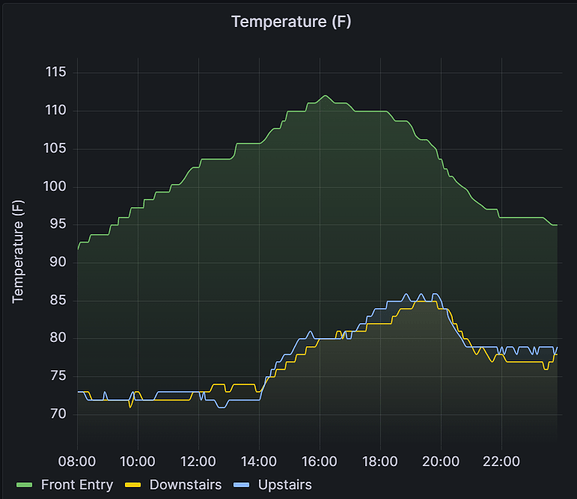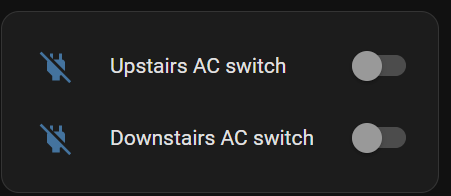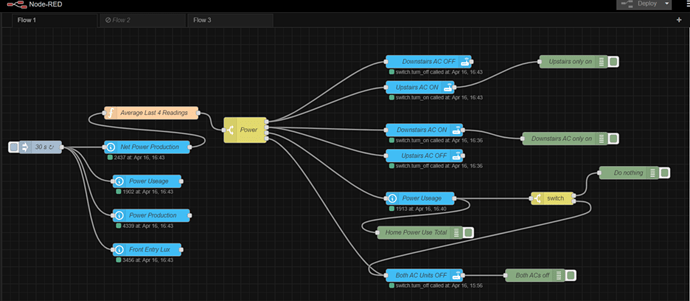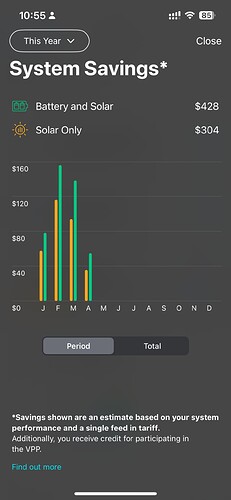I. Motivation
With our brutal summer heat and generally sunny weather, one might think that every rooftop in my hometown of Phoenix would be plastered with solar panels. But that’s not the case. The reason is simple – panels and installation are expensive, and power pricing plans make it difficult to justify the cost.
Last year I decided to bite the bullet, install solar, and find a way to offset my energy costs with a payback time of under 10 years. Unfortunately, it’s not easy.
The power utility for my area is Salt River Project. SRP provides reliable power and offers a few pricing plans. The most economical are the “time of use plans,” and before installing solar panels we had a plan with peak summer rates between 2:00PM and 8:00 PM. In recent years, I’ve adopted the approach of “supercooling” the home during off-peak hours and allowing the temperature to rise during off-peak hours. (We are very disciplined about the use of major appliances during peak-rate periods.) Here is an example of a day from last July:
My apologies to those who use the Celsius scale. I’m missing power use data for this time range, but typically the downstairs (primary) heat pump would turn on and maintain temperature between 18:00 and 20:00. So, we would incur peak rate costs for these hours. This time window presents an opportunity for cost savings, if grid demand could be delayed until after 20:00 (8:00 PM). My ulterior motive is to also make the home more comfortable in the late afternoon and evening.
Unfortunately for me, the only solar pricing option that offers any hope of a reasonable payback period features “Peak demand” charges (on top of use charges, other fees, taxes, etc. etc.). To keep costs low, it is important to avoid significant grid demand (kW) during peak-rate periods. The pricing curve accelerates with increasing demand. Also, the demand charge is determined by the single-largest demand of the billing month, during a 30-minute window. Yikes!
FYI It is very easy to pull over 12 kW on a hot day. 
As I understand, the two common approaches to controlling demand are 1) demand controllers (which shut off power to major appliances if grid power is above a threshold) and 2) battery storage. Demand controllers are too blunt of an instrument for my purposes, and batteries are uneconomical. But I have home automation, so I can figure this out – right? Right?? 











